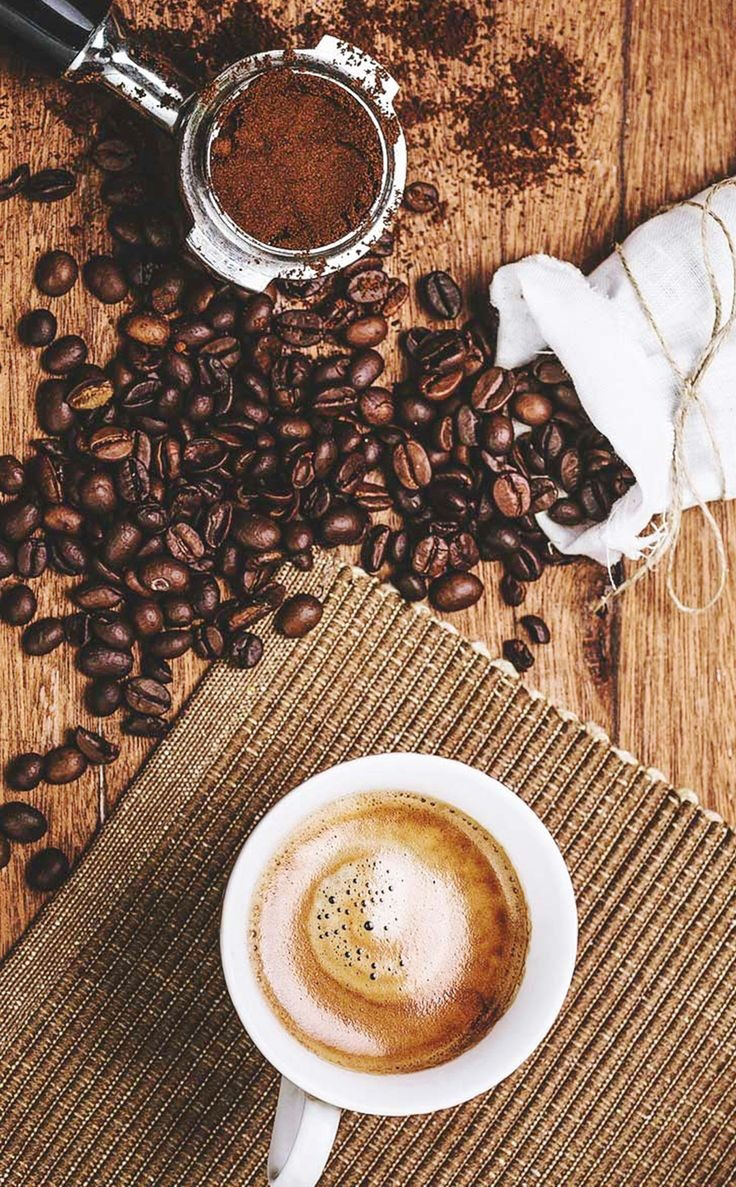Coffee Brewing
Mastering the Art of Coffee Brewing: A Comprehensive Guide
Introduction:
Brewing a perfect cup of coffee is both an art and a science. From selecting the right beans to mastering various brewing methods, the world of coffee offers a vast landscape of flavors waiting to be explored. This article serves as a comprehensive guide to coffee brewing, covering essential aspects such as coffee beans, grind size, water temperature, and popular brewing methods.
The Foundation: Quality Coffee Beans
The journey to a great cup of coffee starts with the beans. Choosing high-quality, fresh coffee beans is essential. Opt for beans that suit your taste preferences, whether it's the boldness of dark roasts or the nuanced flavors of light roasts. Experimenting with single-origin beans or blends can add a layer of complexity to your coffee experience.
The Grind: Coarseness Matters
The grind size of your coffee beans is a critical factor that influences the extraction process. Different brewing methods require specific grind sizes. For example:
Coarse grind suits French press brewing.
Medium grind is ideal for drip coffee makers.
Fine grind is essential for espresso machines.
Investing in a good-quality burr grinder allows for precise control over the grind size, ensuring consistency and optimal extraction.
The Water: The Unsung Hero
Water quality is often overlooked but plays a crucial role in coffee brewing. Using clean, filtered water at the right temperature is essential. The recommended water temperature for brewing coffee falls between 195°F to 205°F (90°C to 96°C). Water that is too hot can lead to over-extraction, resulting in a bitter taste, while water that is too cold may result in under-extraction, producing a weak brew.
Brewing Methods: Diverse Paths to Coffee Excellence
Drip Coffee Makers:
Common in households, drip coffee makers are convenient and user-friendly. They involve water dripping over a bed of coffee grounds and are suitable for medium grind.
French Press:
In a French press, coarsely ground coffee is steeped in hot water before being separated by a plunger. This method produces a full-bodied and robust cup of coffee.
Espresso Machines:
Espresso machines force hot water through finely ground coffee under high pressure, resulting in a concentrated shot of coffee. The basis for many other coffee beverages, espresso is a bold and intense brew.
Pour-Over Coffee:
Pour-over brewing involves manually pouring hot water over coffee grounds. It allows for precision and customization, highlighting the unique flavors of the beans.
AeroPress:
The AeroPress uses air pressure to force water through coffee grounds, producing a versatile and clean cup of coffee with a quick brewing time.
Cold Brew:
Cold brew coffee is made by steeping coarsely ground coffee in cold water for an extended period, resulting in a smooth and low-acidic concentrate.
Experimentation and Customization
The beauty of coffee brewing lies in the ability to experiment and customize. From adjusting grind size to varying water-to-coffee ratios, each variable contributes to the final taste. Pay attention to factors like brew time and agitation for methods like French press and pour-over, as they can significantly impact the flavor profile.
Conclusion: A Journey of Discovery
Embarking on the journey of coffee brewing is a delightful exploration of flavors and techniques. With a foundation of quality beans, an understanding of grind sizes, and mastery of brewing methods, you can unlock a world of coffee excellence. Whether you prefer the boldness of espresso, the richness of French press, or the smoothness of cold brew, the art of coffee brewing offers endless possibilities for crafting the perfect cup. So, grab your favorite beans, fire up your chosen brewing method, and savor the rich aroma and flavor of a well-brewed coffee.




Comments
Post a Comment